Update: in my description of Balsamic Vinegar IGP below…
Tuesday 20 July is suppose to be the first full day in Bologna. So what do we do? We drive to Modena. In Modena we have an appointment for the tour of a Acetaia Di Giorgio, which I assume is a Balsamic Vinegar factory. I also anticipate a huge factory experience like the parmigiana cheese—and also cheap and good balsamic vinegar to Modena: WRONG! Instead we had an amazing intimate experience where we didn’t even leave our chairs the whole time. Apparently, real Balsamic Vinegar, I am willing to bet almost no one (exception of course would be Diane) has ever really tasted real Balsamic Vinegar DOP, of which just 56,000 bottles are released into the world every year. Among their many customers, they know of only 15 restaurants that use the product and can only name one restaurant in Modena that serves the real thing and then only on one certain salad.
Picture yourself, you’re all into a store, even a gourmet foods store, there is shelves of different Balsamic Vinegars and other things called Balsamico (a name that means nothing culinary-wise but usually indicates something in the middle ages that would have been a medicine). All those bottles, the special names, the huge prices, the maps of Modena on the label, ‘the extra aged’, the ‘special reserves’ none of it means anything official as far as quality. All industrial production. So here is Jonathan’s 3 point guide to Balsamic Vinegar and then go to the Acetaia.
Balsamic Vinegar or Balsamic Vinegar of Modena: this not a protected name and can consist of anything and usually 90% of the time it is a basis of wine vinegar. 99.99% of all “Balsamic Vinegar” is this kind of industrial production and probably the only kind you ever had no matter how much paid for it.
Balsamic Vinegar IPG: the poor man’s balsamic vinegar must be made from one of 5 local grapes of the Modena region (but can come from anywhere nearby). It can contain upto 2% caramel for richness. It must be at least 2 months aged, or for old: 3 years for ‘aged’. But a percentage of the vinegar must be 10 years old. The aging must also take place in approved wood (Walnut, Juniper, Oak, Cherry, etc.). IGP can still consist of wine vinegar and other additives. Sometimes, it is even listed as an ingredient in the more industrialized products. Chances are, if you paid a lot of money for a bottle of vinegar it included at least some of the IPG product.
DOP Balsamic Vinegar of Modena: This is a glorious nectar sold only in 100 ml bottles designed by Giorgetto Giugiaro, whose story follows:
The vinegar only contains the ‘grape-must’ (the juice of mashed grapes) of the local allowed grapes (Trebbiano and Lambrusco are the most usual and the only ones used by this vinegar maker we visited) and the grapes have to come from the approved area. (Grape-must is crushed grape juice, unlike wine, without seeds, skins, etc. Just the juice. The vinification and the acidification occur simultaneously so it makes ‘wine’ and vinegar at the same time, this is essential for the fruit forward, sweet and intense acidity needed for real thing. (So this vinegar is not a basis of wine vinegar.) It also does not matter if the grape is a white grape or red it all comes out dark brown, so there is no such thing as white Balsamic Vinegar. Also, the type of grape(s) used is almost irrelevant for the taste of the vinegar to the point that a non-connoisseur of vinegar could easily tell the difference. So the vinegar maker starts with harvested grape juice that is turned into wine and then slowly cooked at 80 degrees centigrade until it is 50% concentrated.
The we arrive at someone’s house, albeit a moderately rich looking house. And we are asked to go to the attic as that is where the vinegar is made. I am already thinking this a disaster of a visit, we are going to some hobbyist not the real thing.
However as we go up the stairs, we enter into an attic, quite warm and it covered in small casks all over containing the vinegar from various years, various grapes, various sorts of wood (some casks are made of specifically one kind of wood—those are quite expensive, and most are a mixture of the approved types of wood).
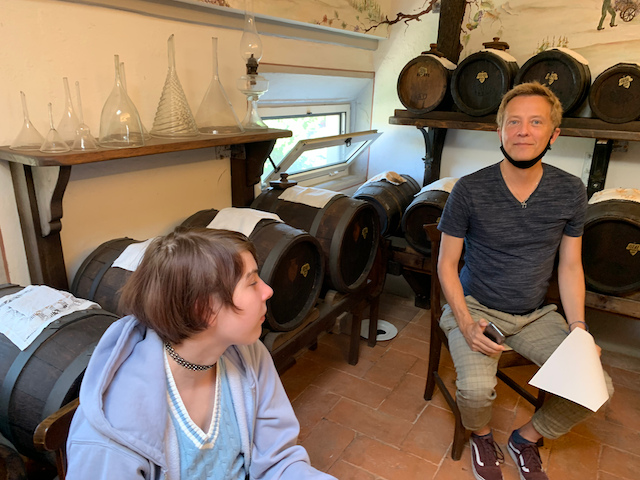
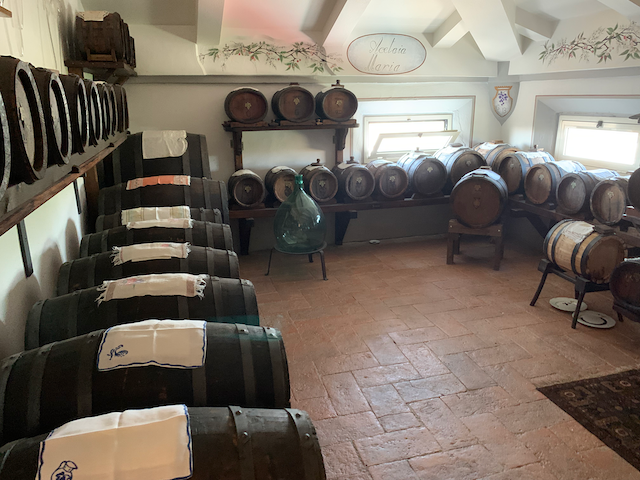
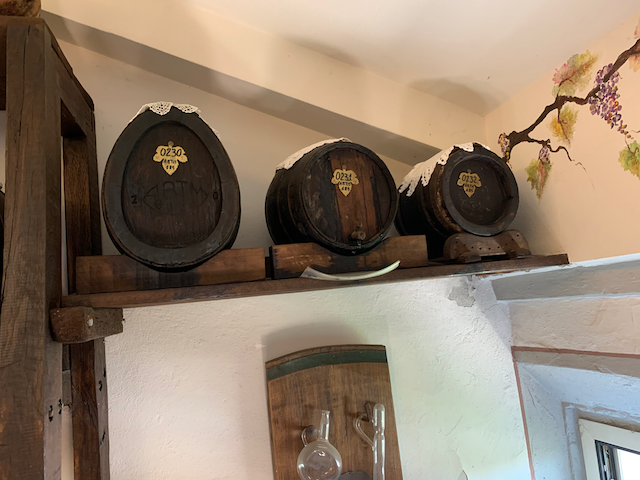
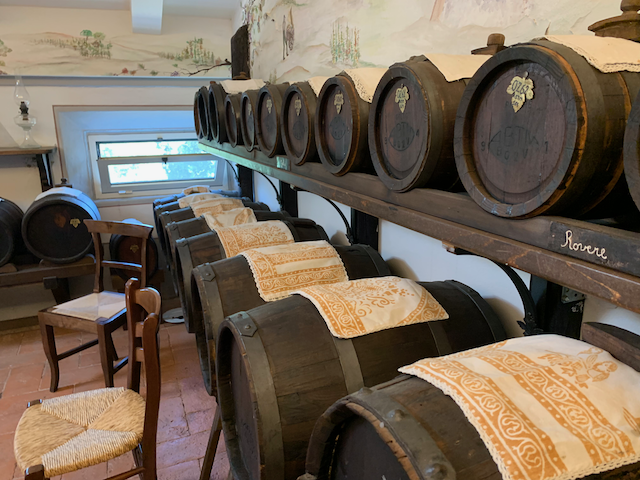
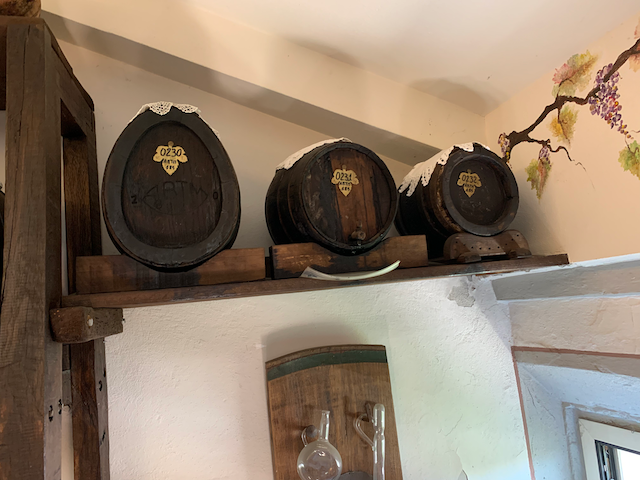
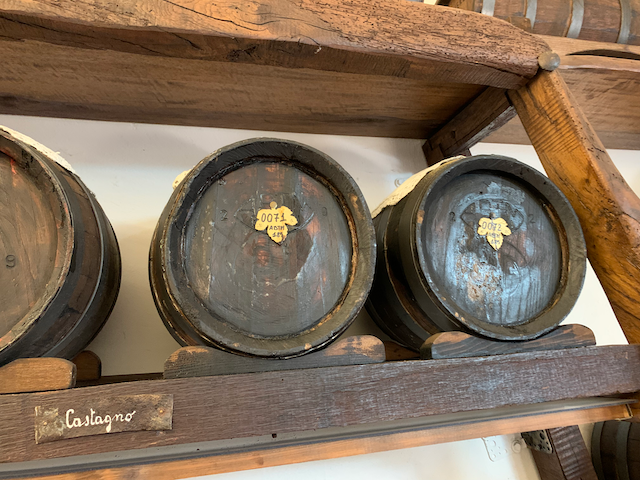
These wood caskets forms essential a kind of set or solera in the picture below:
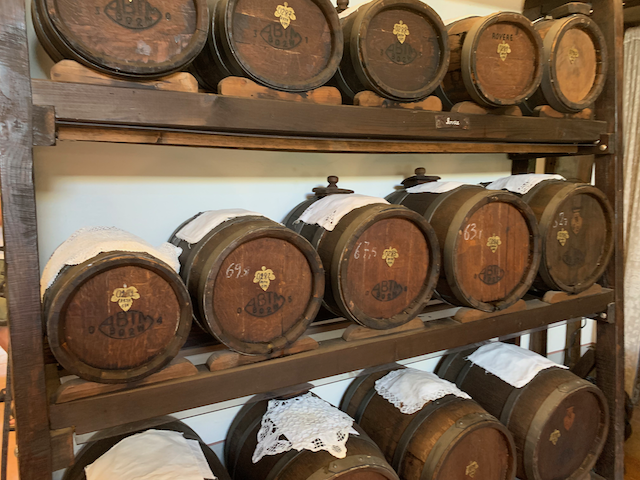
Bu tif you notice these are the only set which is visually together. The rest are encoded on the markings on the barrels. A numerical system which they keep careful track of.
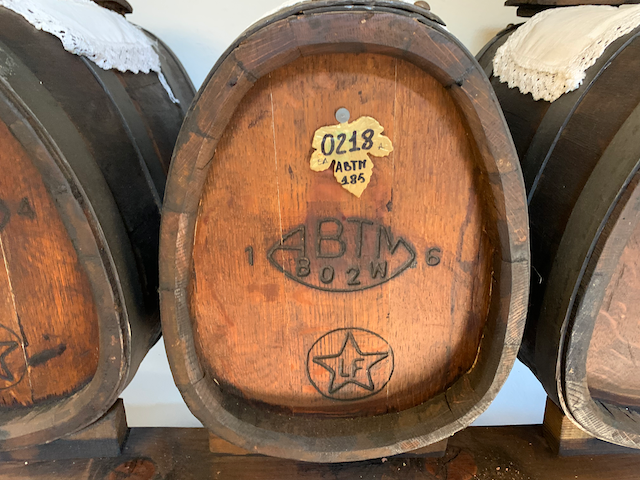
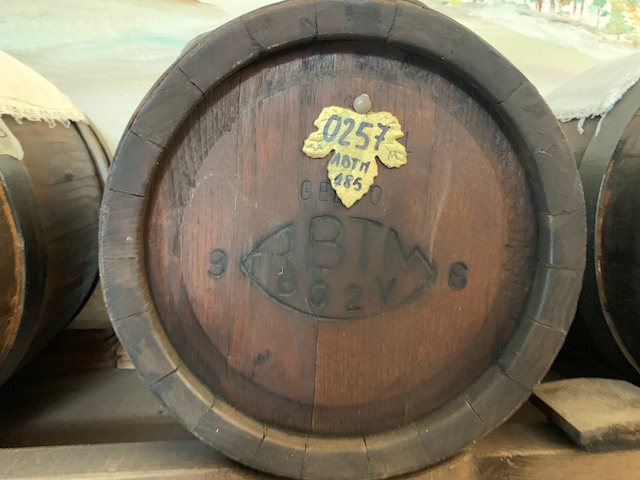

The youngest vinegar goes in the largest barrel. Then as you top off the oldest cask, you add vinegar from the next oldest cask, and then that cask is topped up with the next oldest. The youngest gets the new harvest of vinegar added. The oldest casks’ youngest vinegar reaches 12 years old then the ⅓ of the cask can be removed for bottling. They do not bottle it themselves. They send a tank to the Italian government. There a review board tastes the vinegar on 20 different scales covering the presentation, the smell, and the taste. If it passes the test the government bottles it and seals it with the maker’s label and then affixes their own stamp.
As you can see the barrels are not young, and unlike wine they want old wood, some even 100 years old. New barrels are seasoned with wine vinegar for 3 years.
The barrels are not corked. They thrive on oxidation. Instead the whole at the top of the barrel is covered with a lace cloth to keep dust and insects out. Notice the cask below is leaking, it will be repairs and except for the leaking vinegar the product is not harmed.
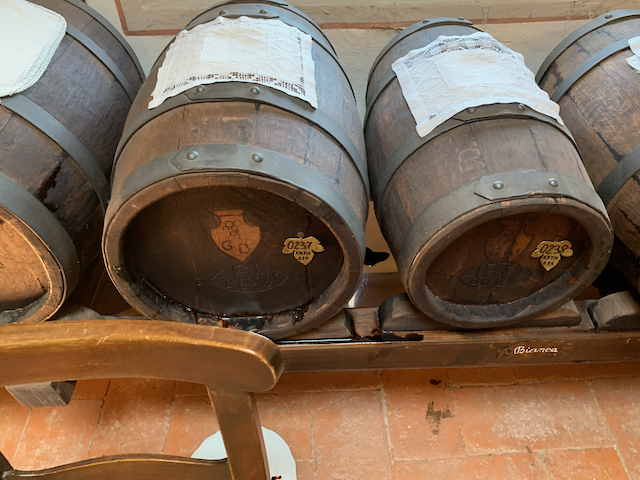

The intense acidity assures the vinegar never goes bad (if you buy a bottle it is marked that it will go bad in 10 years that is an italian government requirement for food but it is irrelevant for true Blasamic Vinegar.
The vinegars had 2 tops: a white cap for 12 year and Gold cap for We were allowed to taste all of their vinegars, even ones that sold for E360 for 100 ml. The taste was intensely fruitty and then the biting acidity that refreshed the palatte. It was a beautiful taste. I particularly liked one of the bottles that was aged only in Juniper wood, which gave the taste an exciting peppery after taste.
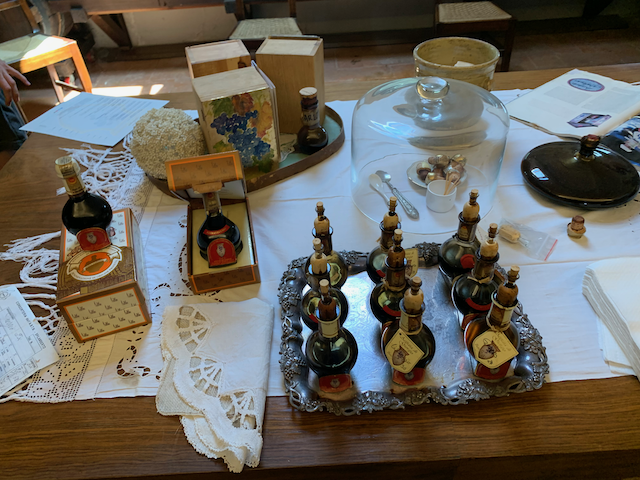
If you are curious for yourselves how delicious and exceptional this Aceto Balsamico di Modena DOP truly is, then come to my house when I return we will have a tasting.
From the sublime to the traditional sublime. We were hungry when we left the Acetaia, so we were going to walk to Modena’s city center for lunch until we came across this little bakery:
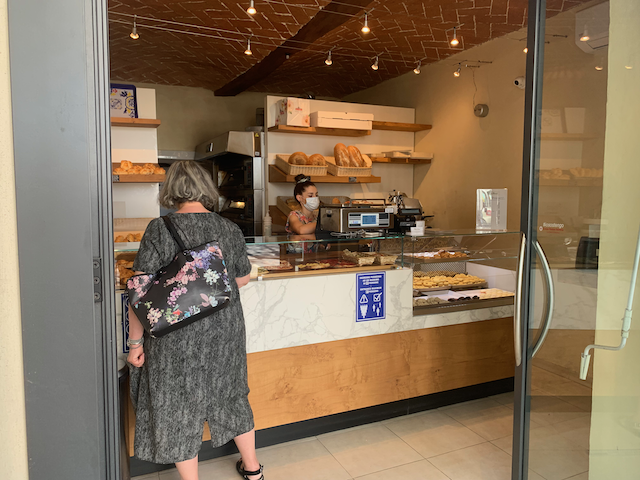
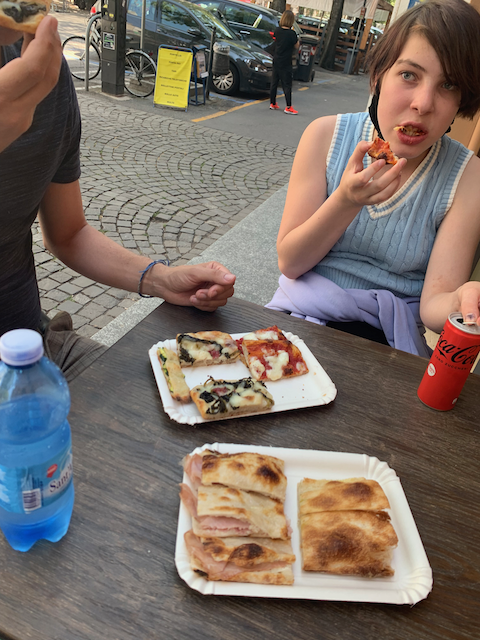
We had a lovely little lunch of street focaccia and pizza. But don’t worry: Wednesday night we go to a Bolognese Trattoria…
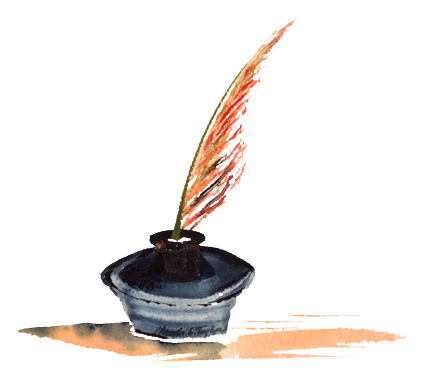
Wonderful explanation and thank you. Yes I knew the rules about the balsamic vinegar because I learned at the fancy food show in New York in 1988 or so. And then frank and I bought a bottle of very good but not the finest in Modena. But I’ve never seen how they make it! Just amazing. They also sell it in the Florence mercato’s balsamic vinegar store. I never use it in salad. I keep it for strawberries I pick myself at the local farm.
But what you said about keeping forever? Not going to happen! There seems to be a little evaporation after uncorking the bottle and so it really doesn’t pay to try to keep for an annual drop or two on a special occasion. Enjoy!!!
Can’t wait to see you!!!
Good note about preserving the balsamico. Apparently, what the vinegar maker recommended was to grill a filet mignon and after cooking drop 5-10 drops of balsamico on the meat before serving. His warning to us all: never cook balsamico! But he also features some recipes for balsamico on their website: https://www.acetaiadigiorgio.it/en/recipes/
Thank you for the both the cheese and balsamico tours. Very enlightening!!! It’ll be fun to try out some of those recipes with the balsamico. :-)) Thank you, Diane, for the tip about strawberries and balsamico. We just got a pile of fresh strawberries and can try that out for dessert this evening.